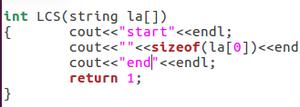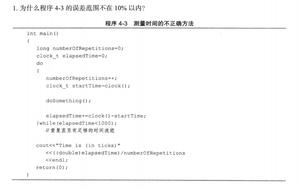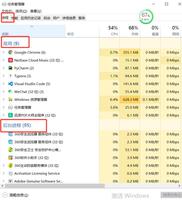用Python怎么写定时器

用Python怎么写定时器
定时器功能:在设置的多少时间后执行任务,不影响当前任务的执行
推荐学习《Python教程》。
用Python写定时器的方法如下:
1、常用方法:
from threading import Timert = Timer(interval, function, args=None, kwargs=None)
# interval 设置的时间(s)
# function 要执行的任务
# args,kwargs 传入的参数
t.start() # 开启定时器
t.cancel() # 取消定时器
2、简单示例:
import timefrom threading import Timer
def task(name):
print('%s starts time: %s'%(name, time.ctime()))
t = Timer(3,task,args=('nick',))
t.start()
print('end time:',time.ctime()) # 开启定时器后不影响主线程执行,所以先打印
-------------------------------------------------------------------------------
end time: Wed Aug 7 21:14:51 2019
nick starts time: Wed Aug 7 21:14:54 2019
3、验证码示例:60s后验证码失效
import randomfrom threading import Timer
# 定义Code类
class Code:
# 初始化时调用缓存
def __init__(self):
self.make_cache()
def make_cache(self, interval=60):
# 先生成一个验证码
self.cache = self.make_code()
print(self.cache)
# 开启定时器,60s后重新生成验证码
self.t = Timer(interval, self.make_cache)
self.t.start()
# 随机生成4位数验证码
def make_code(self, n=4):
res = ''
for i in range(n):
s1 = str(random.randint(0, 9))
s2 = chr(random.randint(65, 90))
res += random.choice([s1, s2])
return res
# 验证验证码
def check(self):
while True:
code = input('请输入验证码(不区分大小写):').strip()
if code.upper() == self.cache:
print('验证码输入正确')
# 正确输入验证码后,取消定时器任务
self.t.cancel()
break
obj = Code()
obj.check()
Python中文网,大量云海天Python教程,欢迎学习!
以上是 用Python怎么写定时器 的全部内容, 来源链接: utcz.com/z/527139.html






